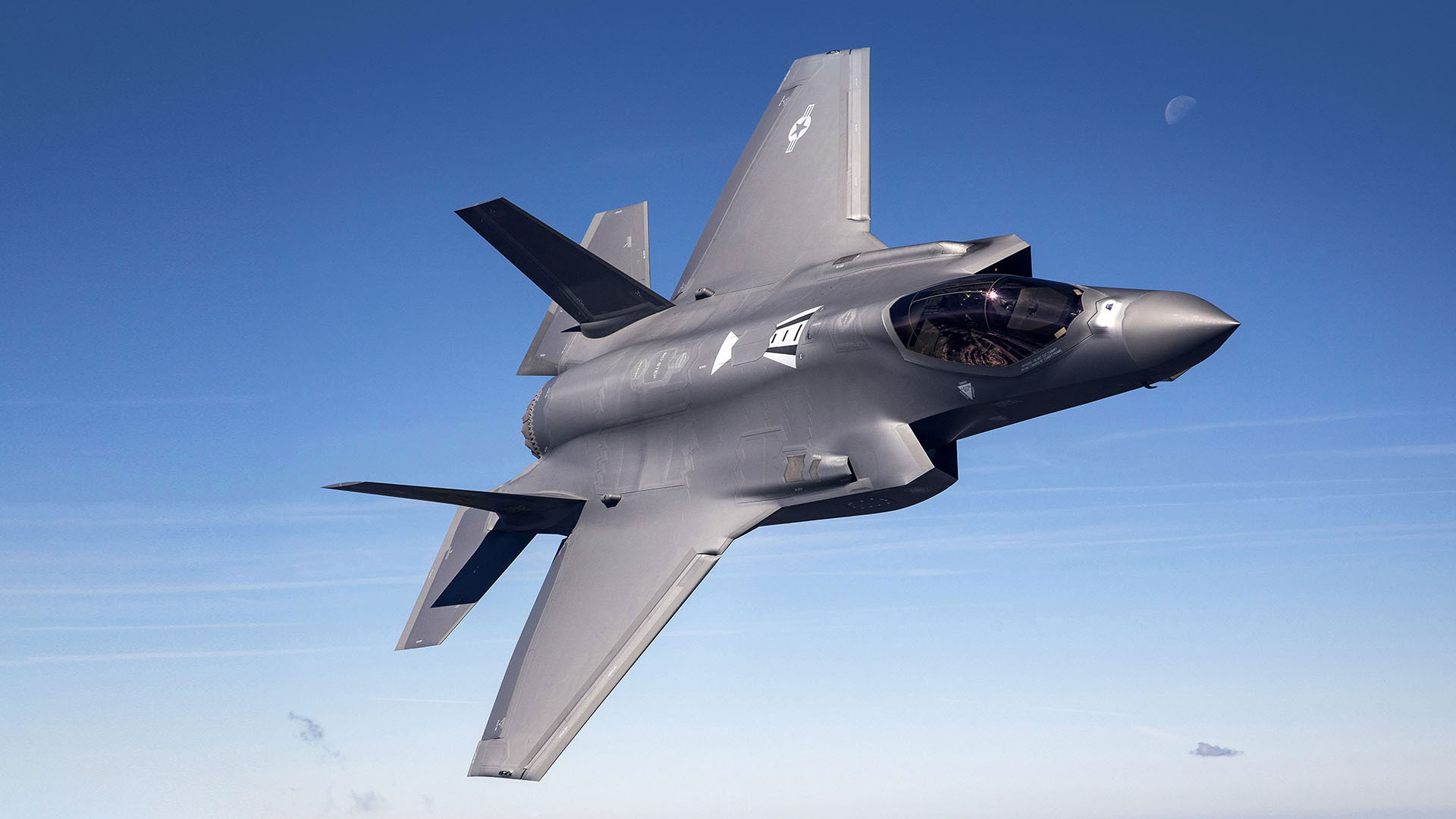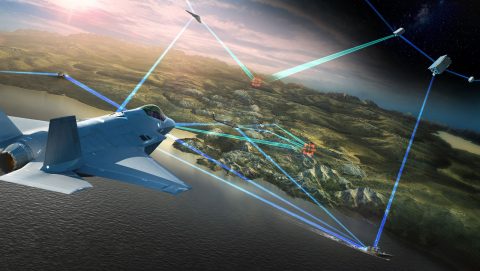Pioneering Innovation:
How Lockheed Martin is using AI to transform cybersecurity
In the unseen battlespaces of the digital age, where cyber threats hide around every corner, the U.S. military and its allies are in an unrelenting battle to safeguard their most critical assets: the networks, systems, and secrets that power national defense.
As the cyber landscape rapidly evolves, industry leaders like Lockheed Martin are driving an unprecedented shift in operations by incorporating artificial intelligence (AI) and machine learning (ML) to jump ahead of emerging cyber threats.
Advancing Cybersecurity
When looking at the future of defense, cyber capabilities are at the frontlines. It is where conflict starts and deterrence is tested. With modern military operations relying heavily on software and data, cyber-attacks can have devastating effects. With networks down, you cannot operate, communicate, or make informed decisions. Because of this, increasing the cyber security and resiliency is a critical aspect of Lockheed Martin's operations. The Lockheed Martin Artificial Intelligence Center (LAIC) is at the heart of this innovation, driving the development and implementation of cutting-edge AI and ML solutions to enhance cyber defenses for the warfighter.
“The current pace of change in AI research and the ever-increasing level of investments means that the state of the art (SOTA) AI five years ago is commonplace now,” explained Dan Reese, Lockheed Martin Associate Fellow. “Lockheed Martin continues to mature and invest in cyber advancements and new capabilities using AI/ML that will allow our customers to maintain an edge on the battlefield."
Here are three ways it’s being done:
The LAIC is developing AI-powered threat detection systems that can identify and respond to emerging threats in real-time, reducing the risk of cyber-attacks and data breaches before they occur.
These systems use advanced analytics and ML algorithms to analyze network traffic and system data to identify patterns and anomalies that may indicate a potential threat. This in turn enables swift and effective response, reducing the risk of cyber-attacks, protecting critical systems and infrastructure.
To further enhance cybersecurity, Lockheed Martin is leading the way in cloud transformation, recognizing the immense benefits it offers in terms of scalability, flexibility, and cost savings. By migrating its systems and applications to the cloud, the company is able to enhance cybersecurity, reduce latency, and improve data processing speeds. The LAIC is playing a critical role in this effort, leveraging its expertise in AI and ML to develop cloud-based solutions that enable real-time data analysis, predictive maintenance, and advanced threat detection.
One notable example of Lockheed Martin's cloud transformation is its work on the Department of Defense's (DoD) Joint All-Domain Command and Control (JADC2) program. The LAIC is collaborating with the DoD to develop a cloud-based architecture that enables seamless communication and data sharing across different domains, including air, land, sea, space, and cyber. This innovative approach will enhance situational awareness, improve decision-making, and increase the speed of response to emerging threats.
Warfighting Solutions

By embracing cloud computing and AI/ML technologies, Lockheed Martin is enhancing cybersecurity, improving efficiency, and unlocking new insights and capabilities. These new cutting-edge technologies are also increasing the effectiveness of military operations, and drive the development of a more agile, adaptive, and responsive military force, capable of addressing the complex and evolving threats of the modern battlefield.
“What's exciting about AI is its ability to transform not only how we do work within Lockheed, but ultimately how we transform and provide new capabilities to the warfighter,” stated Greg Forrest, AI Foundations Director. “At the end of the day, that's why we're here. We're here to support our customers. We're here to support our service members. And I think there's tremendous opportunity to utilize AI across the board to enable a more safe, secure world for our warfighters.”




